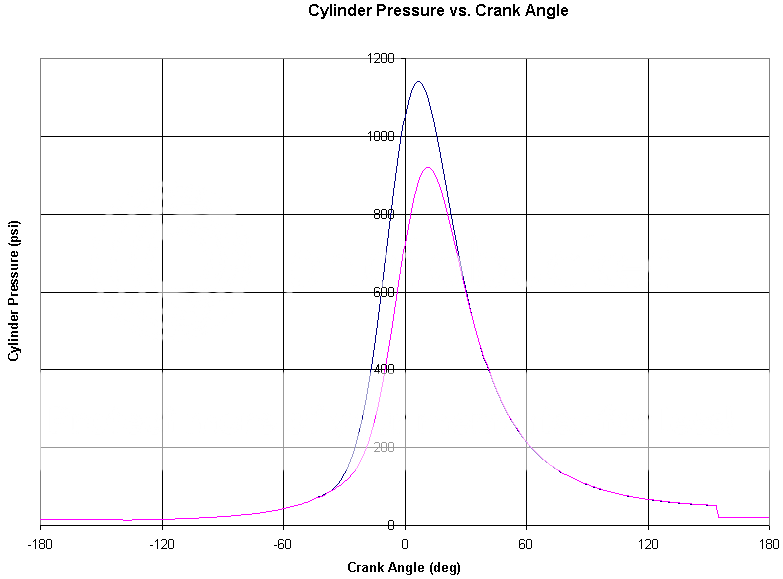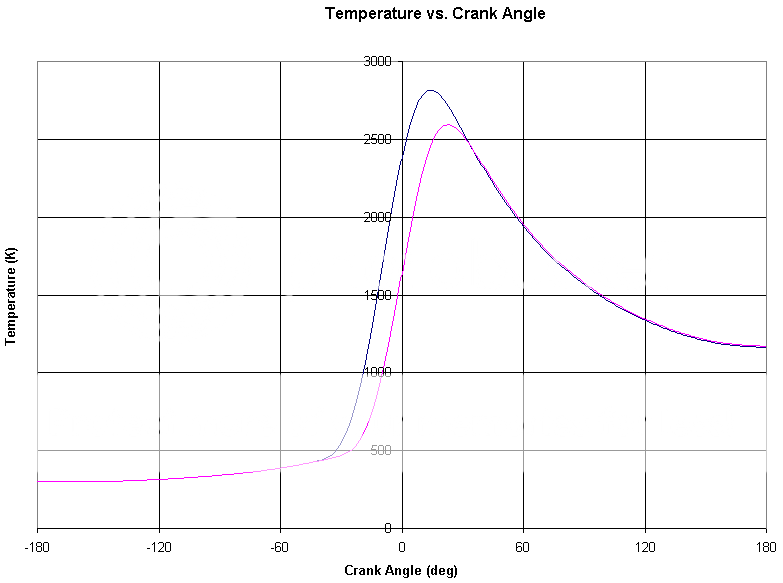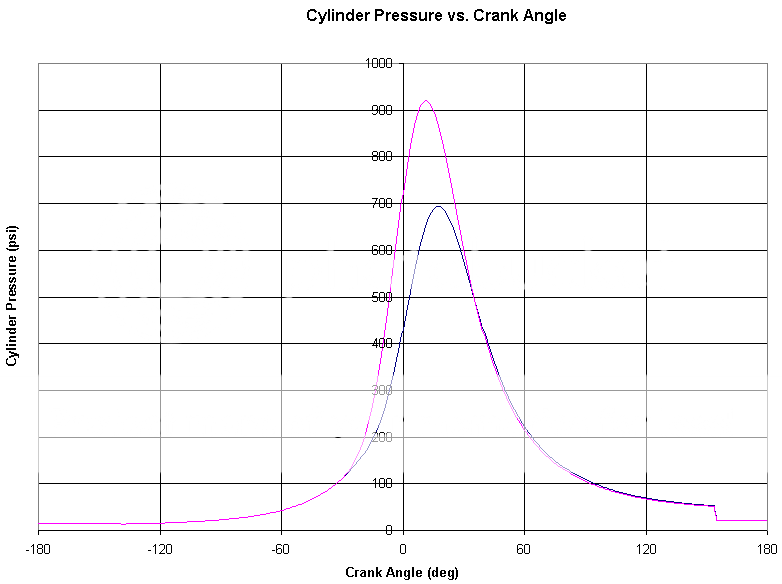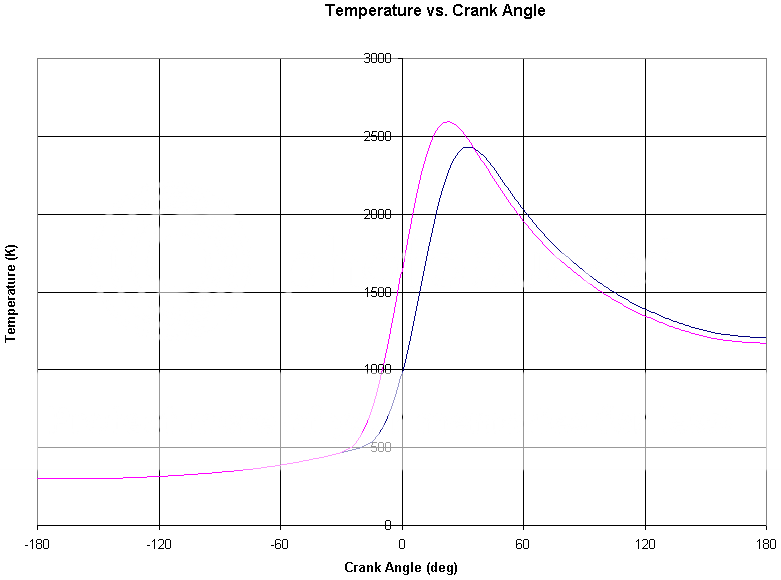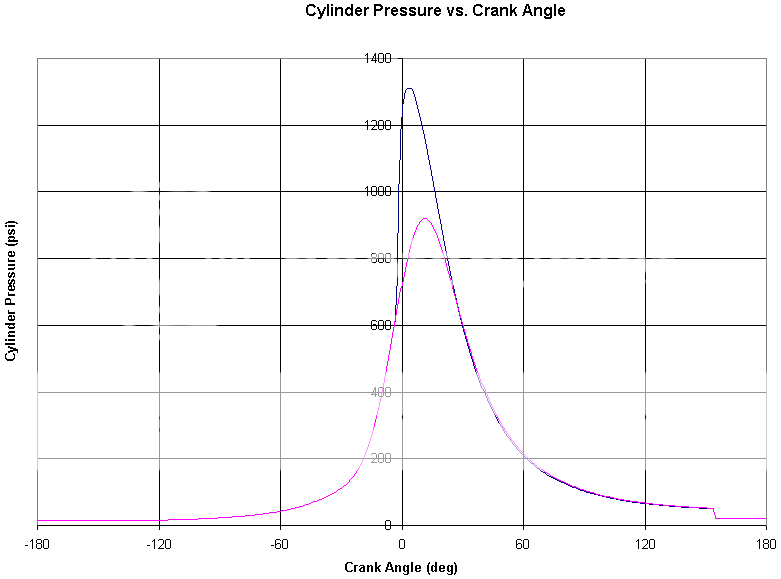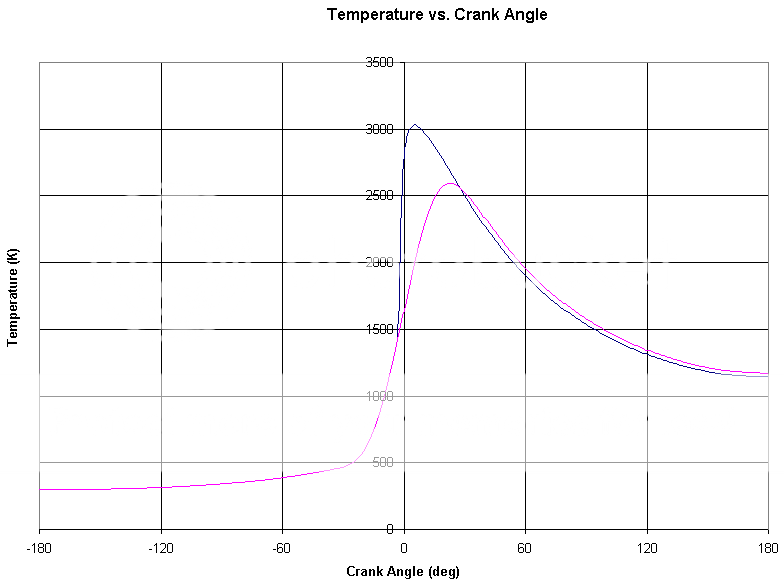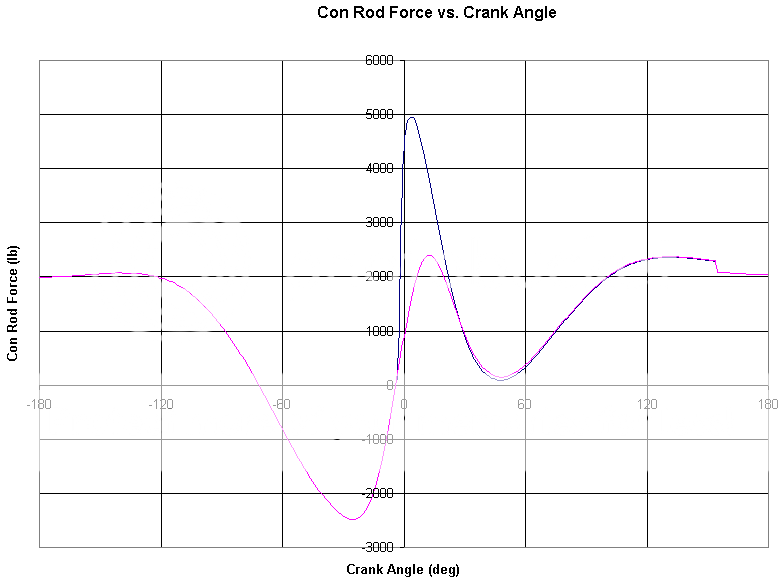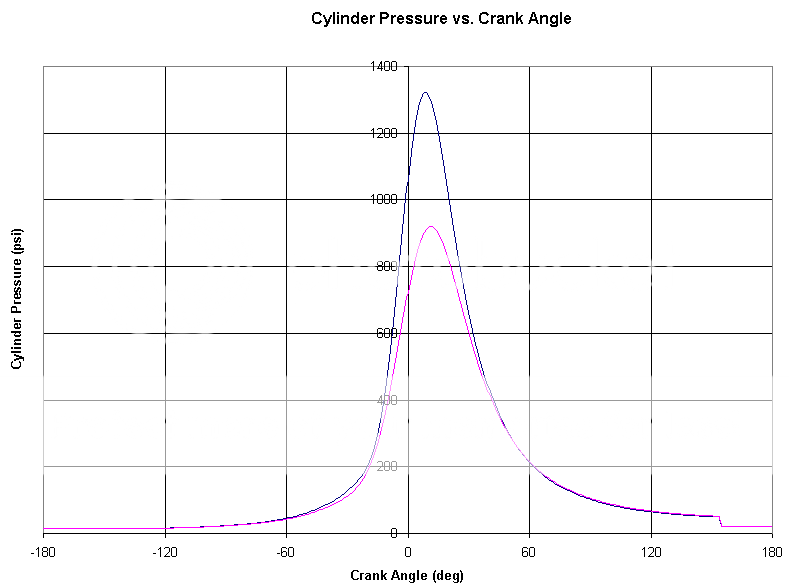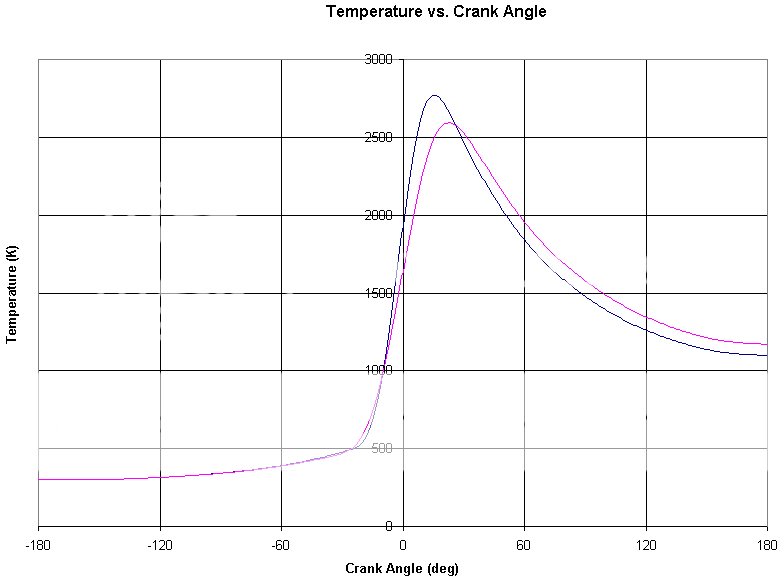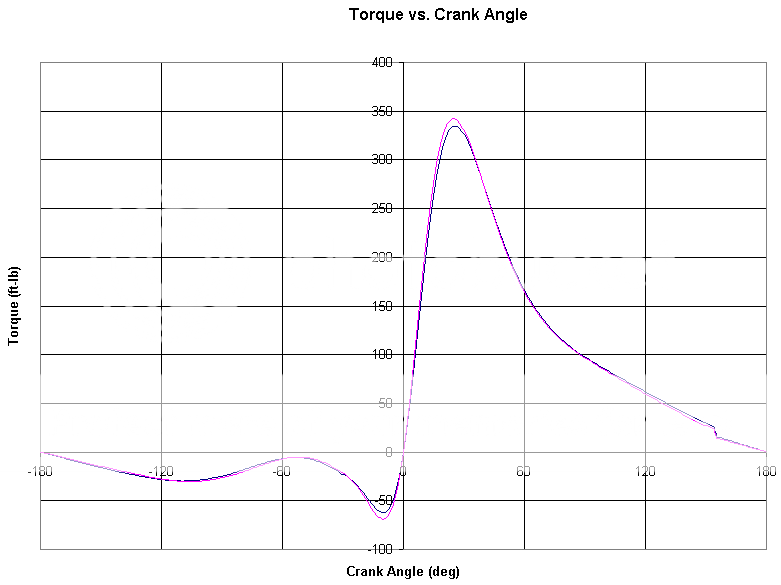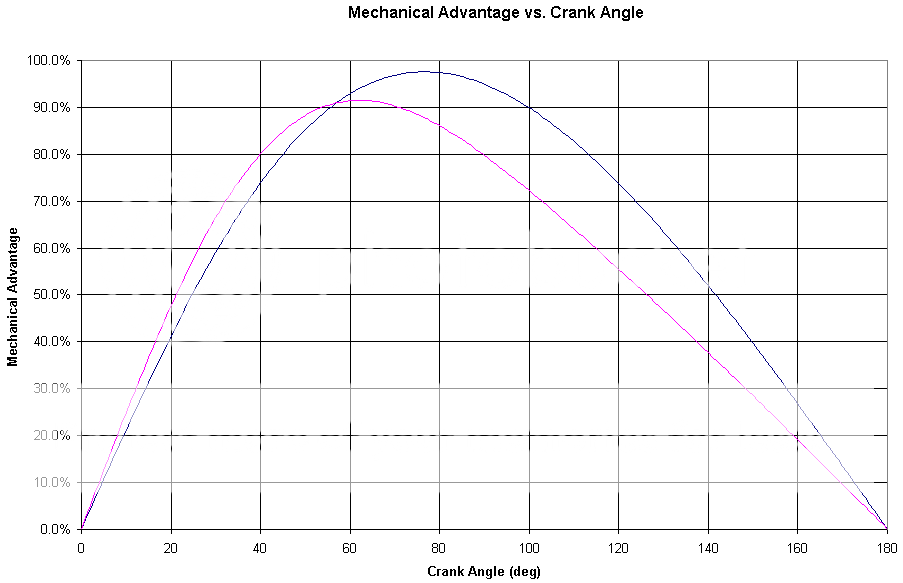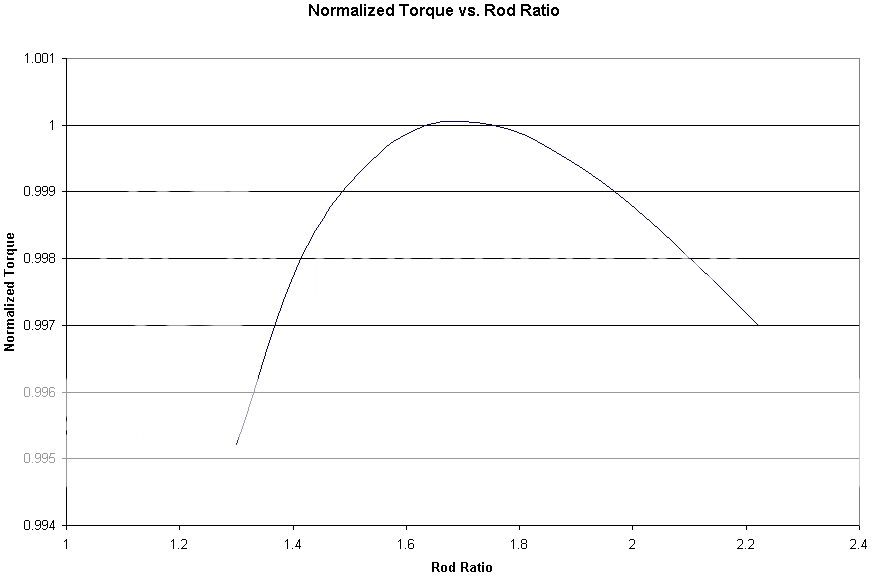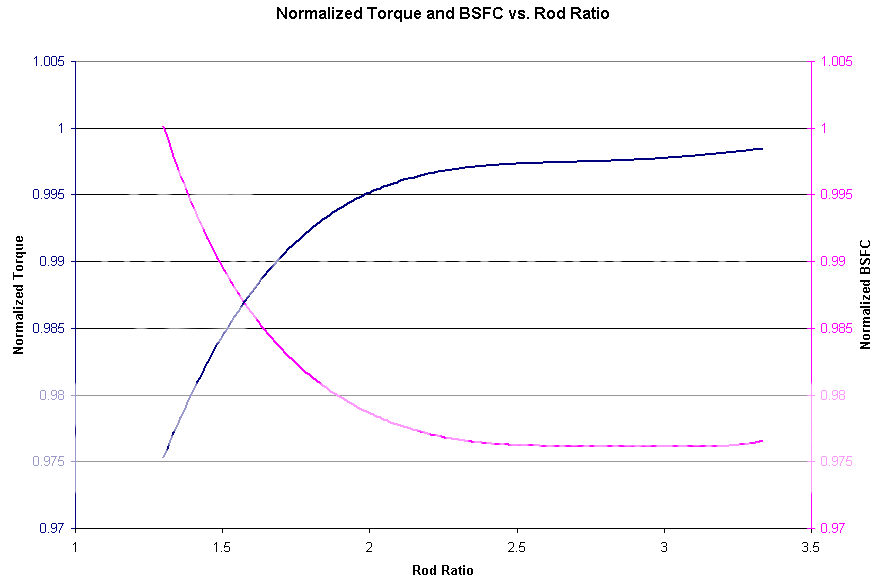Full_Tilt
forum member
- Joined
- Jan 20, 2011
- Posts
- 1,697
- Reaction score
- 1
Ive seen a few instances, on this forum and others, where people are unaware of or misunderstand some of these fundamental concepts. I have myself had trouble trying to explain them in simple words as well.
I stumbled upon this write-up early and found it to be well written and best of all its easy to understand. This is the kind of stuff that makes the difference between a good tuner and a bad tuner imo.
Its not Mustang specific, but it is Tech... so I suppose Chit-chat would be the place to put it. If not, please move it.
I stumbled upon this write-up early and found it to be well written and best of all its easy to understand. This is the kind of stuff that makes the difference between a good tuner and a bad tuner imo.
Its not Mustang specific, but it is Tech... so I suppose Chit-chat would be the place to put it. If not, please move it.
Introduction
This article is meant for the people who want to know more than “which parts do I buy to make more power”. This is meant for the people who want to know WHY those parts make power. Since the content is (and has to be) very theoretical, I won’t be recommending specific parts, comparing specific parts, or doing anything like that. I’ll try to keep everything simple and easy to understand, but I’ll assume that everybody reading this already has a fundamental understanding of engines and elementary physics. So for those of you who haven’t completely lost interest at this point, let’s begin.
Combustion Forces and Inertial Forces
The first part of understanding what makes torque is to realize that torque is not produced at a constant magnitude as the engine rotates. It comes in large spikes during the power stroke, and this behavior is further complicated by pumping losses, compression work, and the inertial forces created by the reciprocating components of the engine (namely the pistons). When your dyno reading says that your engine makes 115 ft-lb of torque at 5000 rpm, it’s actually saying that your engine makes an average of 115 ft-lb of torque at 5000 rpm. However, at any instant in time, the engine could be making 300 ft-lb or even -25 ft-lb of torque.
Let’s start with the main component that probably first comes to your mind: combustion. As fuel is burned, cylinder temperature increases rapidly. Since the pressure of a fluid in a fixed volume increases with temperature, the cylinder pressure also rapidly increases, and that pressure develops a force on the piston. The more fuel mass that’s burned per cycle, the more the cylinder temperature and pressure will rise. Most of that force is transferred through the connecting rod and to the crankpin. However, the angle between the connecting rod and the crank throw (the imaginary line that connects the center of the crankshaft with the center of the crankpin) changes as the engine rotates, and that has a large effect on how much torque can be developed. I’m sure most of you have used a wrench to loosen a bolt at some point. Is it easier to push perpendicularly to the wrench, or would you rather push on the end of the wrench, toward the bolt? In one case, all of your force is used to create torque to loosen the bolt, and in the other case, the only thing you might accomplish is shearing the head off the bolt. The same principle applies to the crankshaft. When the piston is at TDC, there might be a large amount of force in the connecting rod, but no torque is created about the crankshaft. When the connecting rod is at a 90 degree angle with the crank throw, the force in the connecting rod can most effectively be used to produce torque. This occurs anywhere from 60 to 80 deg ATDC, depending on rod ratio (I’ll talk more about this later). Additionally, since this doesn’t occur when the connecting rod is perfectly vertical, some portion of the force is transferred to the cylinder wall. However, the energy loss associated with this condition is much smaller in comparison.
Fuel does not burn at a constant rate in the cylinders. The burn rate starts out small when the flame kernel develops, after which it exponentially grows to some maximum value. After the burn rate peaks, it exponentially drops back down to near-zero. Since there is a slight delay between the fuel burning and pressure building in the cylinders, the peak burn rate will occur several degrees before peak pressure is developed. Once this is all factored in with the conditions described in the previous paragraph, we can determine that cylinder pressure should be developed early in the power stroke and should peak between 10 and 12 deg ATDC, depending on rod ratio. This also means the peak burn rate should occur between 7 and 10 deg ATDC, also depending on rod ratio.
Here are some graphs to help you understand this visually. Here is what the cylinder pressure and torque traces might look like for a hypothetical naturally aspirated D16:
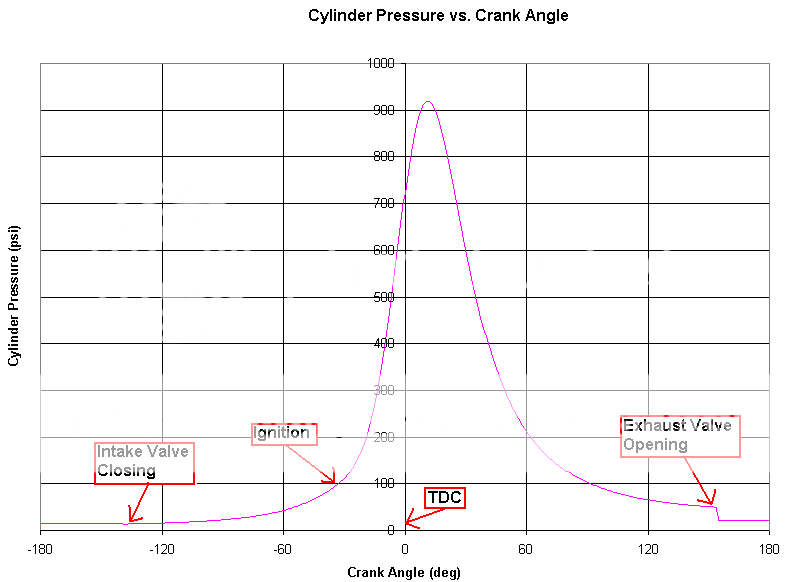
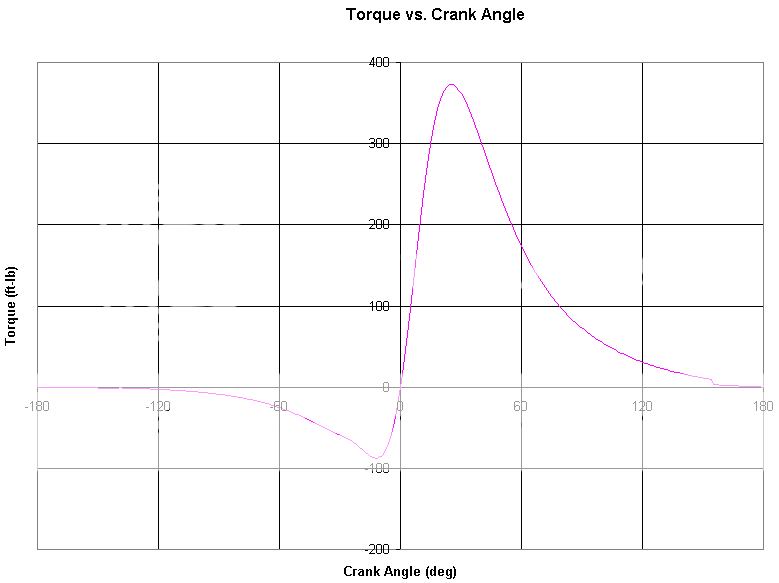
Notice how the torque at TDC (0 deg) is 0 ft-lb even though the cylinder pressure is more than 700 psi. Furthermore, the average torque produced by this cylinder is only 23 ft-lb over a 720 degree period, yet there is a 370 ft-lb spike in the power stroke and a -88 ft-lb dip in the compression stroke. Since this is only one cylinder of four, let’s overlay this trace with the other three cylinders to see what the sum of their contributions is:
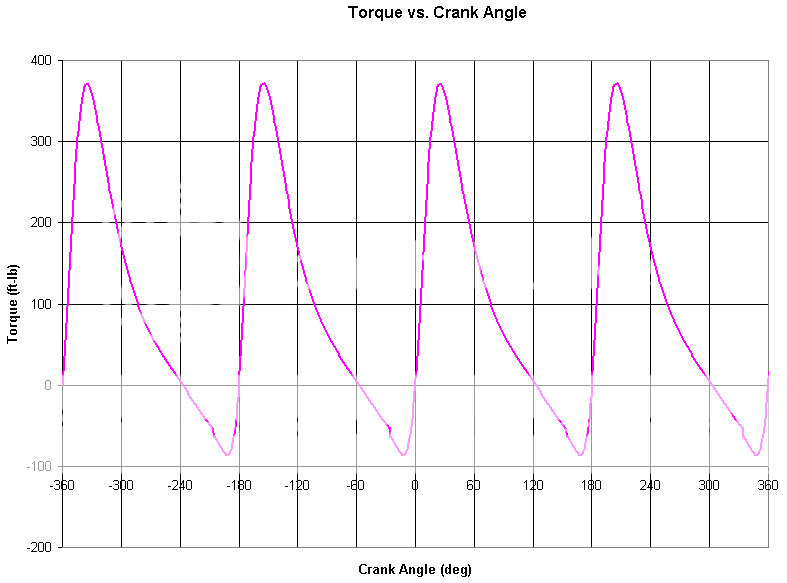
Since our engines use single-plane crankshafts, torque will always be zero whenever a piston is at TDC or BDC, neglecting the effect of rotational inertia.
At low speeds, the forces created by combustion are responsible for almost all of the torque created about the crankshaft. However, as the engine starts to rev higher, the inertial forces of the pistons, rings, wrist pins, and small ends of the connecting rods grow exponentially and do weird things with the torque trace. Whenever a piston is at TDC, it has to change directions, which means its acceleration grows immensely. Since the piston, rings, wrist pin, etc. have mass, this creates a force in the connecting rod, which is then transferred to the crankpin. Here is a graph showing how these inertial forces create torque about the crankshaft in our hypothetical D16 at 4000 rpm:
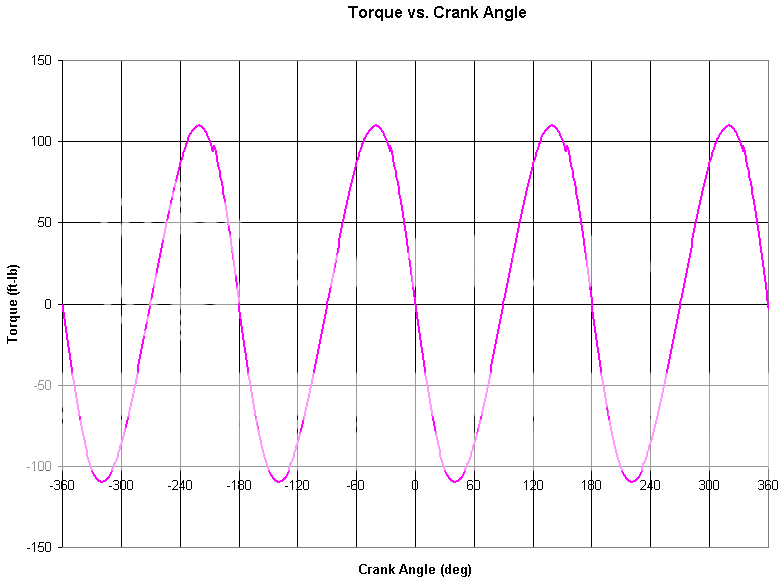
The mean torque is zero, but the spikes are pretty significant. Let’s see what happens if we double the engine speed and rev to 8000 rpm:
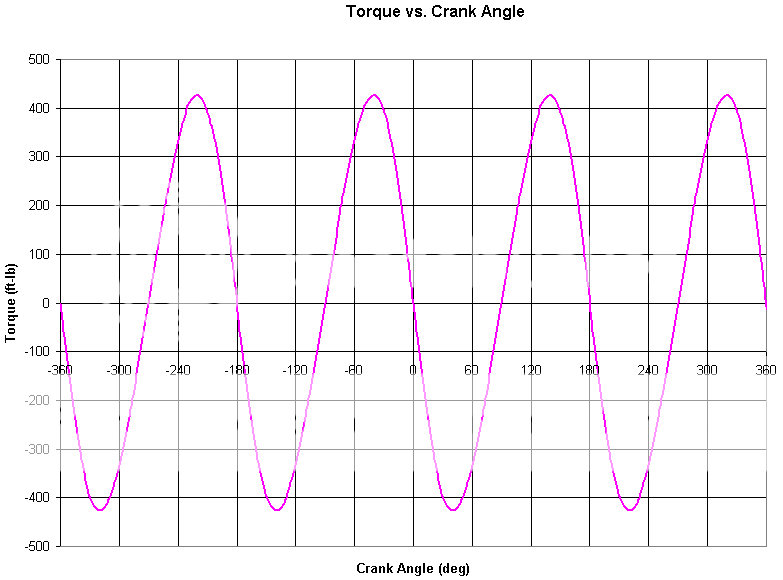
Notice that the torque spikes quadrupled in amplitude even though we only doubled the engine speed. This is because the piston’s acceleration grows exponentially with the crankshaft’s rotational speed. At low speeds, it has a small effect, but at high speeds, this put a lot of force in the connecting rods. Luckily, combustion actually helps to damp out these spikes. Let’s see what happens when we put the combustion forces into the mix:
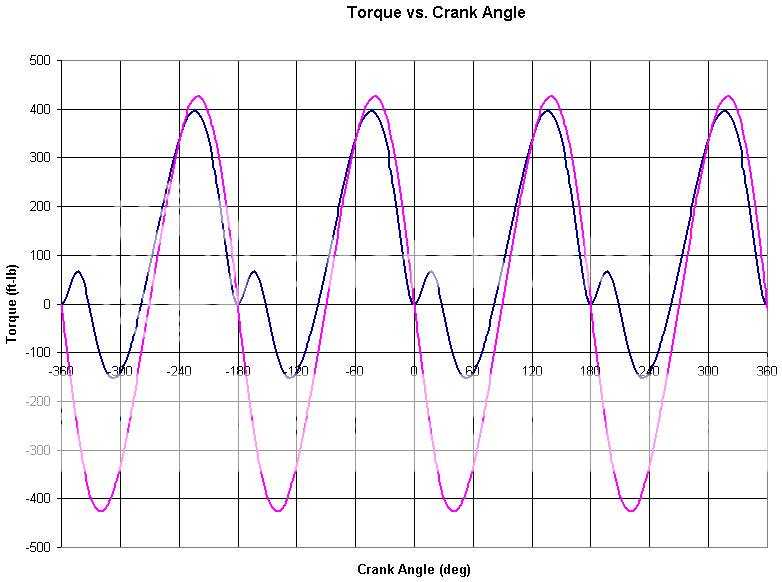
In this graph, the blue line represents the sum of the torques created by combustion forces and inertial forces, and the pink line represents the torque created only by the inertial forces. The large spikes in the blue trace are caused by the pistons decelerating near TDC, which puts tension in the connecting rods and “pulls” the crankpins toward the top of the bores. The dips in the trace are caused by the pressure created by burning mixture cancelling out a large portion of the tension that would exist in the connecting rods as the crankshaft tries to accelerate the pistons back down the bore. When you think about it, the burning fuel isn’t really what’s making torque at high speeds; it’s the pistons themselves trying to slow down as they approach TDC and BDC. To get a better idea of this, let’s look at the force in the connecting rods at this engine speed:
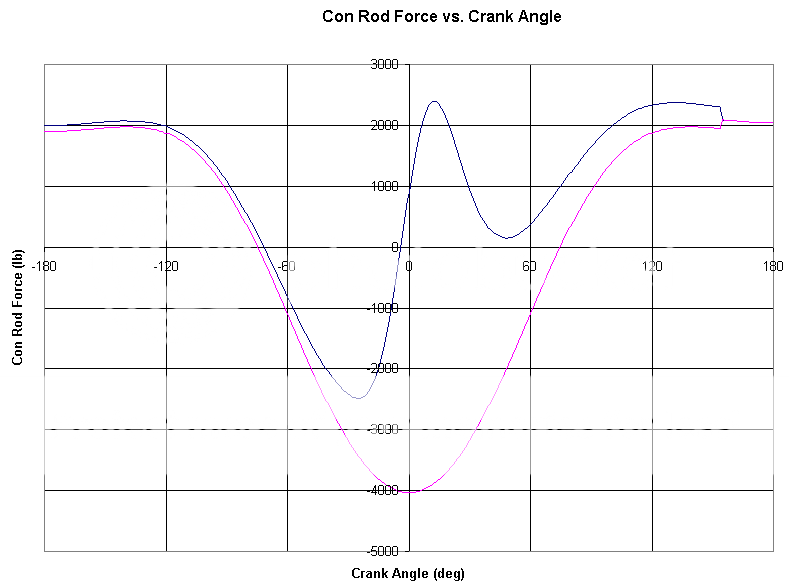
In this graph, positive force loads the connecting rod in compression, and negative force loads the connecting rod in tension. Before TDC (0 deg), tension will create positive torque, and after TDC, compression will create positive torque.
Notice that when there is no fuel being burned (for example, during fuel cut after you lift off the throttle), the magnitude of the force in the connecting rods is almost twice as high near TDC as it is when combustion occurs. This is because the combustion forces create a “cushion” that counteracts the inertial forces of the pistons. Remember this next time you think about closing the throttle at redline…
Last edited:


